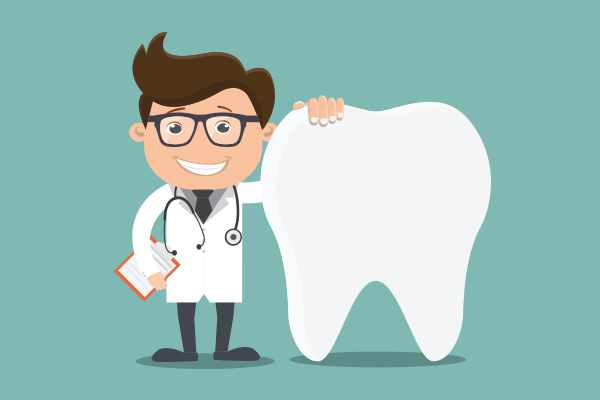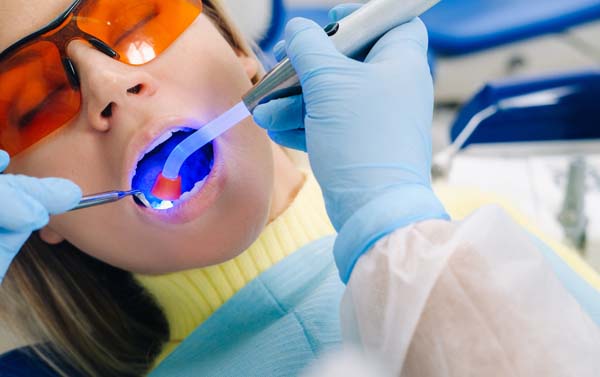Types of Teeth: Incisors, Canines, Premolars and Molars

You have probably noticed that certain teeth have a different shape than others, but have you ever wondered what the purpose is for the different types of teeth?
Teeth are much more than an aesthetic property; they serve a very important role in our ability to function normally on a day-to-day basis.
Different types of teeth
All of our teeth serve an important role, and it is crucial to take proper care of them in order to chew, bite and tear in a normal manner.
There are four different types of teeth: incisors, canines, premolars and molars.
Incisors
The incisors are the most visible teeth in the human mouth, as they are the group of teeth in the very front. In total, each person has eight incisors: four on the bottom row and four on the top row.
While incisors may seem insignificant and only there to aid in appearance, they are just as important as every other type of teeth in the mouth. Incisors' main functions include biting into food and helping to pronounce words. In addition, incisors also help support the lip as well.
Canines
Canines are the four sharper, pointed teeth on each side of the incisors. Canines are very similar to incisors in that they also help with biting and tearing food.
Additionally, canines help guide the mouth closed when the upper and lower jaw come together. Without canines, eating harder foods, such as meat and hard fruits and vegetables, becomes much more challenging.
Canines generally come through around the age of nine or ten years of age, and the lower canines usually come through before the upper canines.
Premolars
Premolars, or bicuspids, are located behind the canines and in front of the molars. There are a total of eight premolars, with four being located on the bottom row of teeth and four located on the top row of teeth.
Premolars' main purpose is to chew and crush food, and they are sometimes used for tearing as well. Additionally, premolars help keep the shape of the face, and the absence of premolars can lead to a change in one’s appearance.
Premolars are typically very strong and are capable of enduring a large amount of pressure.
Molars
There are also eight molars (four on the bottom and upper row of teeth). Molars are very strong and are located in the farthest back part of the mouth. The main purpose of molars is to chew and crush food, and they are essential to eating in a normal manner.
Third molars, otherwise known as wisdom teeth, are also considered to be molars, although many separate wisdom teeth into their own category.
Since molars are exposed to much more jaw pressure than other teeth, it is important to protect them properly by practicing good oral hygiene and wearing a mouthguard at night if grinding teeth while asleep is a problem.
Request an appointment here: https://www.drtimhubbs.com or call Vineyard Hills Dental Care at (925) 233-1143 for an appointment in our Livermore office.
Check out what others are saying about our services on Yelp: Read our Yelp reviews.
Recent Posts
A dental filling is indispensable when it comes to teeth restoration. It can fill the cracks and cavities that dental decay has left on your tooth. While getting fillings is an easy procedure, some find it taxing, especially when there is hearsay about drills and scraping. If you want to understand what happens when you get…
Many individuals are apprehensive about finding a restorative dentist. They want a dentist who can help them restore their smile to look more natural and appealing. This field of dentistry is concerned with repairing damage to the teeth and restoring normal dental functions.The restorative dentist must be ready to listen to their patients about their…
Thinking about getting dental sealant treatment? Dental sealants are a vital tool for preventing cavities or tooth decay. Tooth decay is a prevalent condition among children and teenagers, and when unchecked, it can lead to other serious oral issues such as premature tooth loss and gum disease. In combination with other preventive care measures such…
Practicing preventive dentistry at home allows you to reap many benefits for your general health. Brushing and flossing every day is a basic way of keeping your mouth in good shape. Having healthy teeth and gums helps support your whole body’s health. If you want to find out why good everyday dental hygiene is important…


